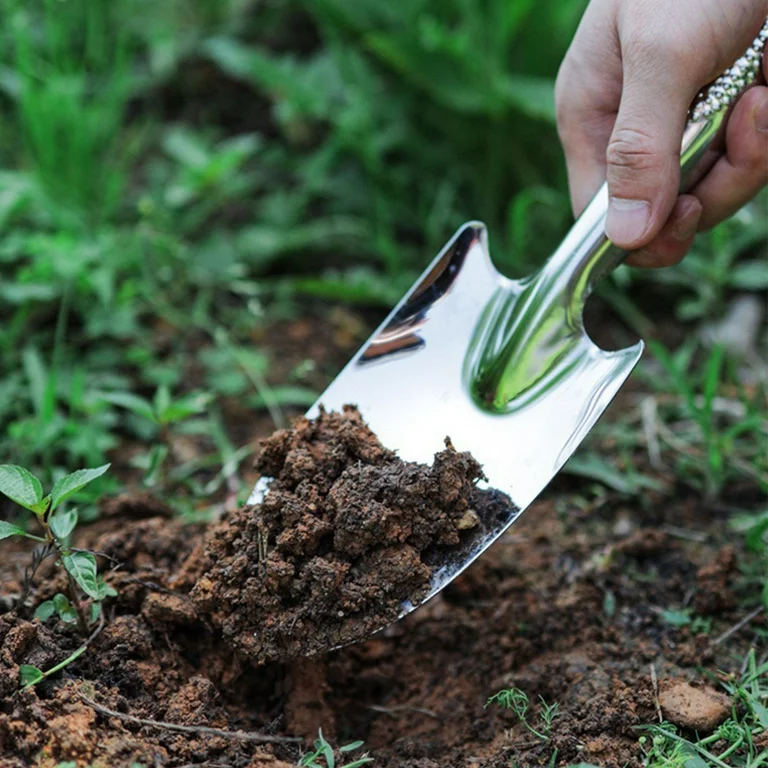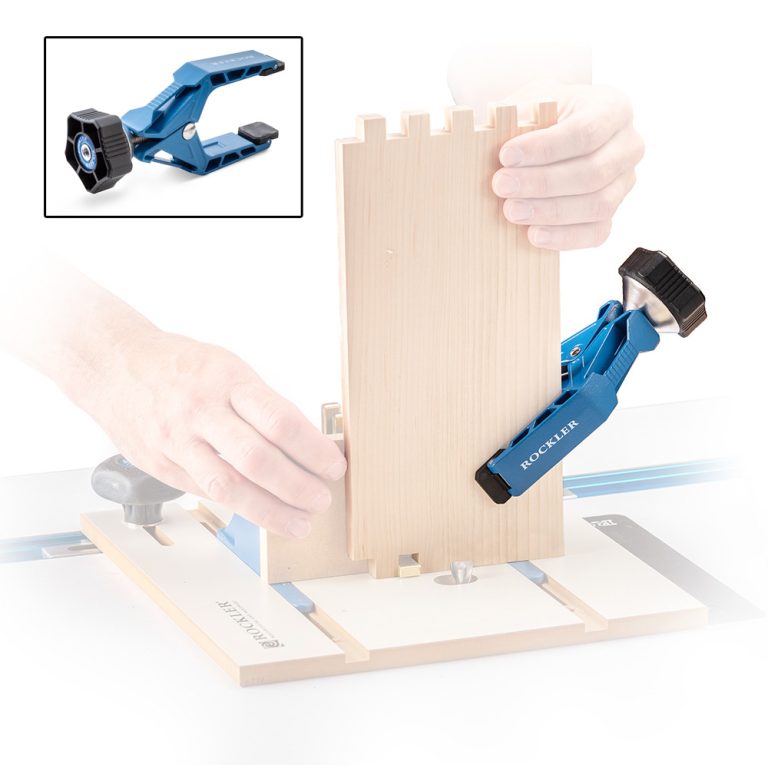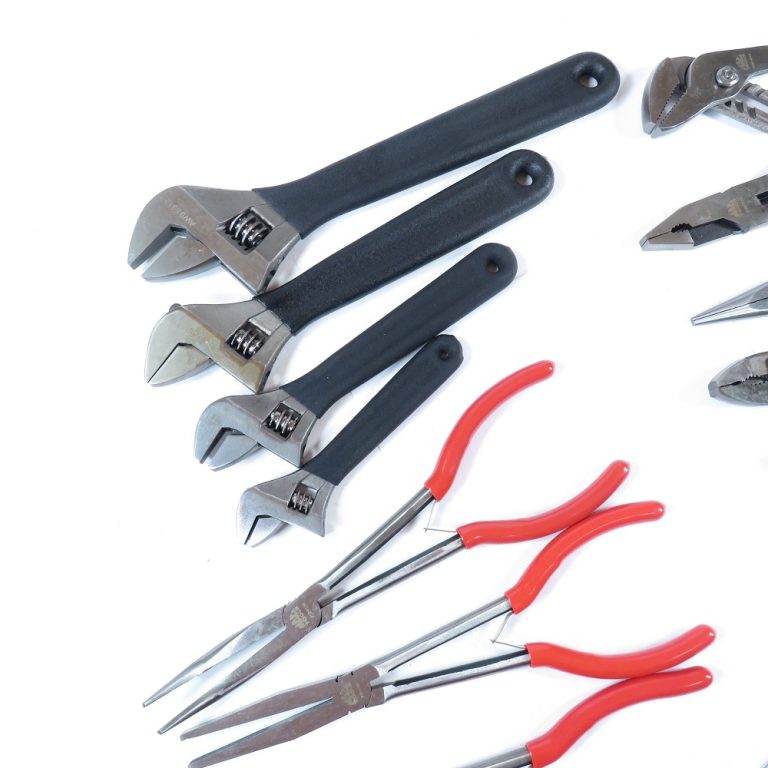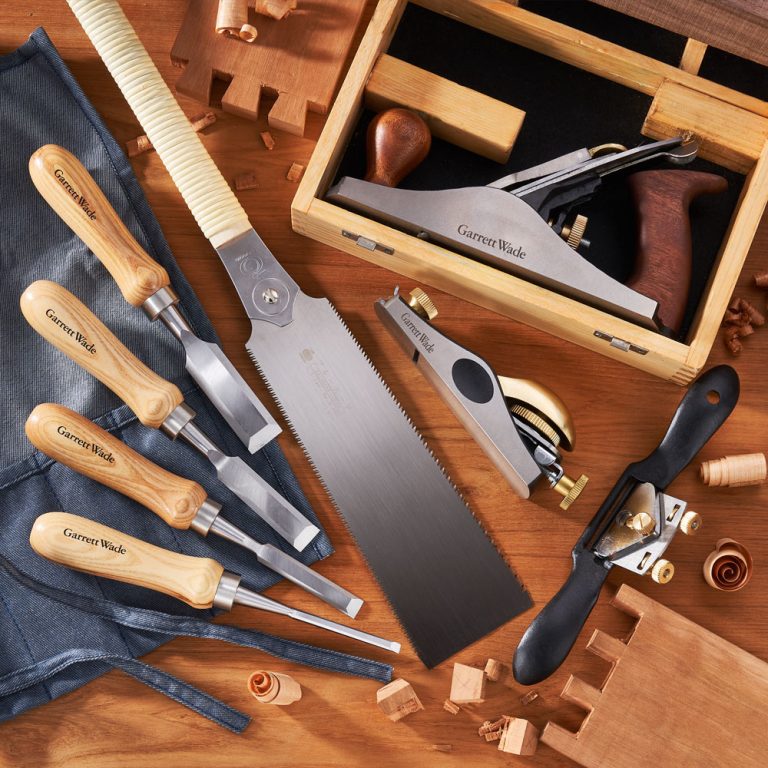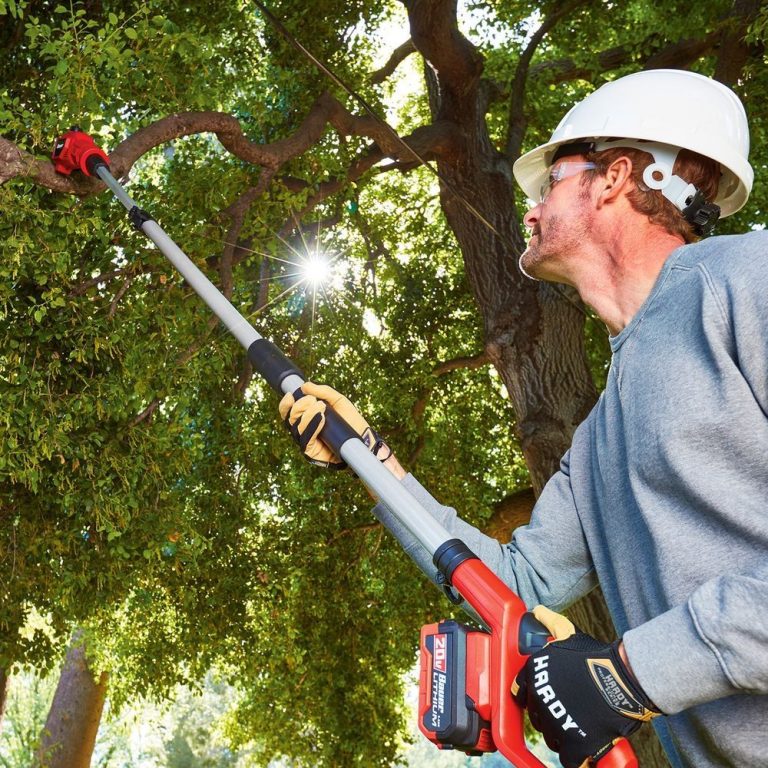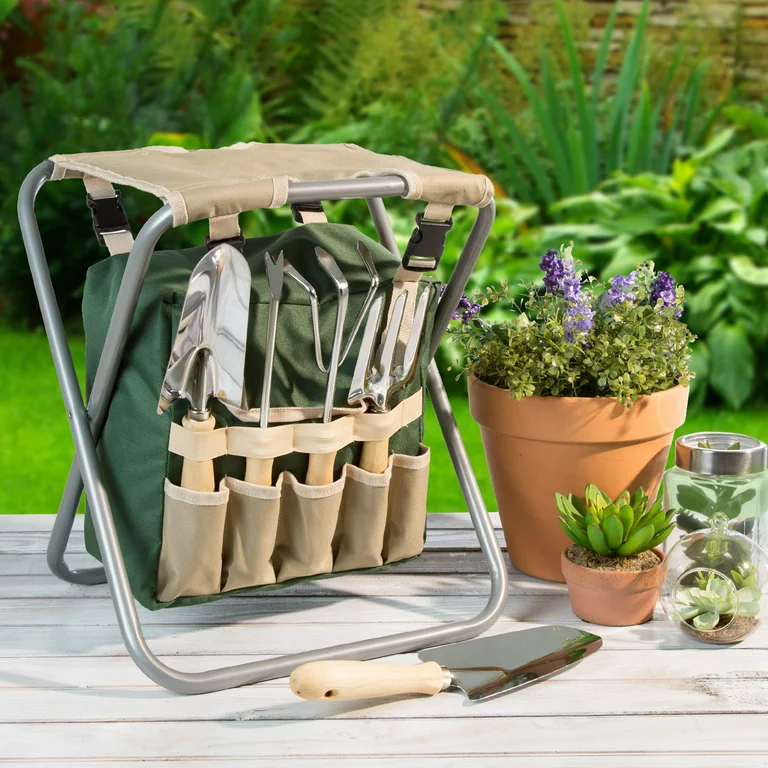The Essential Guide to Gardening Shovels: Your Key to a Thriving Garden
Gardening shovels form the backbone of any gardener’s toolkit. These versatile tools make planting, digging, and moving soil effortless. Understanding the different types and uses of gardening shovels can transform your gardening experience. This comprehensive guide explores everything you need to know about gardening shovels. Discover how to choose the right shovel for your needs. Learn proper techniques and maintenance for optimal performance.
Types of Gardening Shovels
Digging Shovels
Digging shovels feature a pointed blade for easy soil penetration. They excel at breaking new ground and digging holes. The blade’s curved shape helps lift and move soil efficiently. Most digging shovels have a slight bend in the handle. This ergonomic design reduces strain during repetitive digging tasks. Digging shovels come in various sizes to suit different gardeners and tasks. Larger blades move more soil but require more strength to use. Smaller blades offer precision for planting and working in tight spaces.
Edging Shovels
Edging shovels sport a flat, straight blade with a sharp edge. They create clean lines between lawn and garden beds. The blade’s design allows for precise cuts in turf. Gardeners use edging shovels to define borders and pathways. These tools also excel at removing sod and cutting through roots. Some edging shovels feature a stepped top for foot placement. This design provides extra power when cutting through tough terrain. Edging shovels maintain a manicured look in any garden or landscape.
Trenching Shovels
Trenching shovels have a long, narrow blade with a pointed tip. This design allows for digging deep, narrow channels. Gardeners use trenching shovels for irrigation and drainage projects. They also work well for planting rows of small plants or bulbs. The blade’s shape minimizes soil disturbance around the trench. Some trenching shovels feature measurement markings on the blade. These markings ensure consistent depth when digging. Trenching shovels prove invaluable for precise, linear digging tasks.
Scoop Shovels
Scoop shovels boast a wide, curved blade with raised sides. They excel at moving large amounts of loose material. Gardeners use scoop shovels for spreading mulch or compost. These tools also work well for cleaning up garden debris. The blade’s design prevents material from spilling off the sides. Scoop shovels often have a flat edge for scraping surfaces clean. Some models feature a plastic blade for moving snow without damaging surfaces. Scoop shovels increase efficiency in material-moving tasks.
Choosing the Right Gardening Shovel
Selecting the perfect gardening shovel requires consideration of several factors. Consider the primary tasks the shovel will perform. Digging shovels suit general garden work and planting. Edging shovels excel at creating clean lines and borders. Trenching shovels work best for irrigation and linear planting. Scoop shovels move large amounts of material efficiently. Evaluate the soil type in your garden. Heavy clay soils require sturdier shovels with sharp blades. Sandy soils work well with lighter shovels and wider blades.
Consider the shovel’s weight and your physical capabilities. Heavier shovels provide more digging power but tire users quickly. Lighter shovels offer maneuverability and reduce fatigue during extended use. Look for ergonomic features like bent handles or D-grips. These designs reduce strain on the back and wrists. Check the shovel’s overall length in relation to your height. The handle should reach between your wrist and elbow when standing. This ensures comfortable use without excessive bending.
Examine the shovel’s construction materials. Steel blades offer durability and sharpness for tough jobs. Aluminum blades provide lightweight performance for easier tasks. Wooden handles absorb shock but require more maintenance. Fiberglass handles offer durability and weather resistance. Consider the shovel’s intended lifespan and budget. Higher-quality materials often come with a higher price tag. However, they typically offer better performance and longevity. Choose a shovel that balances quality, comfort, and budget for optimal results.
Proper Gardening Shovel Techniques
Mastering proper shovel techniques enhances efficiency and reduces strain. Start by positioning your body correctly. Stand with feet shoulder-width apart for stability. Place the dominant foot on the shovel’s step plate. Use leg muscles, not the back, to push the shovel into the ground. Keep the back straight and bend at the knees when lifting. This technique prevents back injuries during repetitive digging.
For digging, angle the shovel blade slightly away from you. This creates a cleaner cut through the soil. Use the shovel’s tip to break through tough spots or roots. When moving soil, fill the blade only partially for better control. Twist the blade slightly when lifting to keep soil in place. For edging, maintain a consistent angle along the lawn’s edge. Apply steady pressure with your foot for a clean cut.
When trenching, start with a guide line for straight results. Work backwards, removing soil as you go. This prevents stepping on loose soil and collapsing the trench. For scooping tasks, use the legs to lift and the arms to guide. Avoid twisting the body when dumping material. Instead, turn the feet to face the dumping direction. Practice these techniques to improve gardening efficiency and reduce fatigue.
Maintaining Your Gardening Shovel
Proper maintenance extends the life of gardening shovels. Clean the shovel after each use to prevent rust and soil buildup. Use a stiff brush or hose to remove dirt from the blade. Dry the shovel thoroughly, especially if storing it indoors. Apply a light coat of oil to metal parts to prevent rust. Use boiled linseed oil on wooden handles to prevent drying and cracking.
Sharpen the shovel blade regularly for optimal performance. Use a file or grinder to maintain a sharp edge. Follow the blade’s original angle when sharpening. Smooth any nicks or dents in the blade edge. Sand wooden handles periodically to prevent splinters. Replace cracked or severely worn handles for safety. Tighten any loose screws or rivets connecting the blade and handle.
Store shovels in a dry, covered area to prevent weather damage. Hang shovels vertically to keep blades off the ground. This prevents moisture absorption and maintains blade sharpness. Consider applying a protective coating to metal parts for long-term storage. With proper maintenance, quality gardening shovels can last for many years.

Innovative Gardening Shovel Designs
Modern gardening shovels incorporate innovative features for improved performance. Ergonomic designs reduce strain during extended use. Curved handles and angled blades optimize the user’s posture. Some shovels feature interchangeable heads for versatility. This allows one handle to serve multiple gardening functions. Lightweight materials like carbon fiber offer strength without added weight. These materials benefit gardeners with limited strength or mobility.
Smart shovels integrate technology into traditional designs. Some models feature built-in measuring tools for precise digging. Others incorporate soil sensors to analyze garden conditions. Foldable shovels provide portability for gardeners with limited storage. Shock-absorbing systems reduce vibration during tough digging tasks. These innovations aim to make gardening more accessible and enjoyable. They combine traditional functionality with modern convenience.
The Environmental Impact of Gardening Shovels
Gardening shovels play a role in sustainable gardening practices. Manual tools like shovels reduce reliance on gas-powered equipment. This decreases carbon emissions and noise pollution in gardens. Choosing durable shovels made from sustainable materials reduces waste. Look for shovels made from recycled materials or sustainably harvested wood. Some manufacturers offer repair services to extend shovel lifespan. This reduces the need for frequent replacements.
Consider the manufacturing process when selecting a gardening shovel. Some companies prioritize eco-friendly production methods. These may include using renewable energy or minimizing water usage. Look for certifications indicating sustainable practices. Proper maintenance of gardening shovels also contributes to sustainability. Well-maintained tools last longer, reducing overall resource consumption. When a shovel reaches the end of its life, recycle or repurpose it responsibly. Metal parts can often be recycled, while wooden handles can be composted.

Conclusion: The Power of the Right Gardening Shovel
Gardening shovels remain essential tools for any gardener. They simplify tasks from planting to landscaping. Choosing the right shovel enhances efficiency and enjoyment in the garden. Consider the specific needs of your garden when selecting a shovel. Proper technique and maintenance ensure optimal performance and longevity. Innovative designs continue to improve the gardening experience. By choosing and using shovels wisely, gardeners contribute to sustainable practices. Embrace the versatility and power of gardening shovels for a thriving garden.


